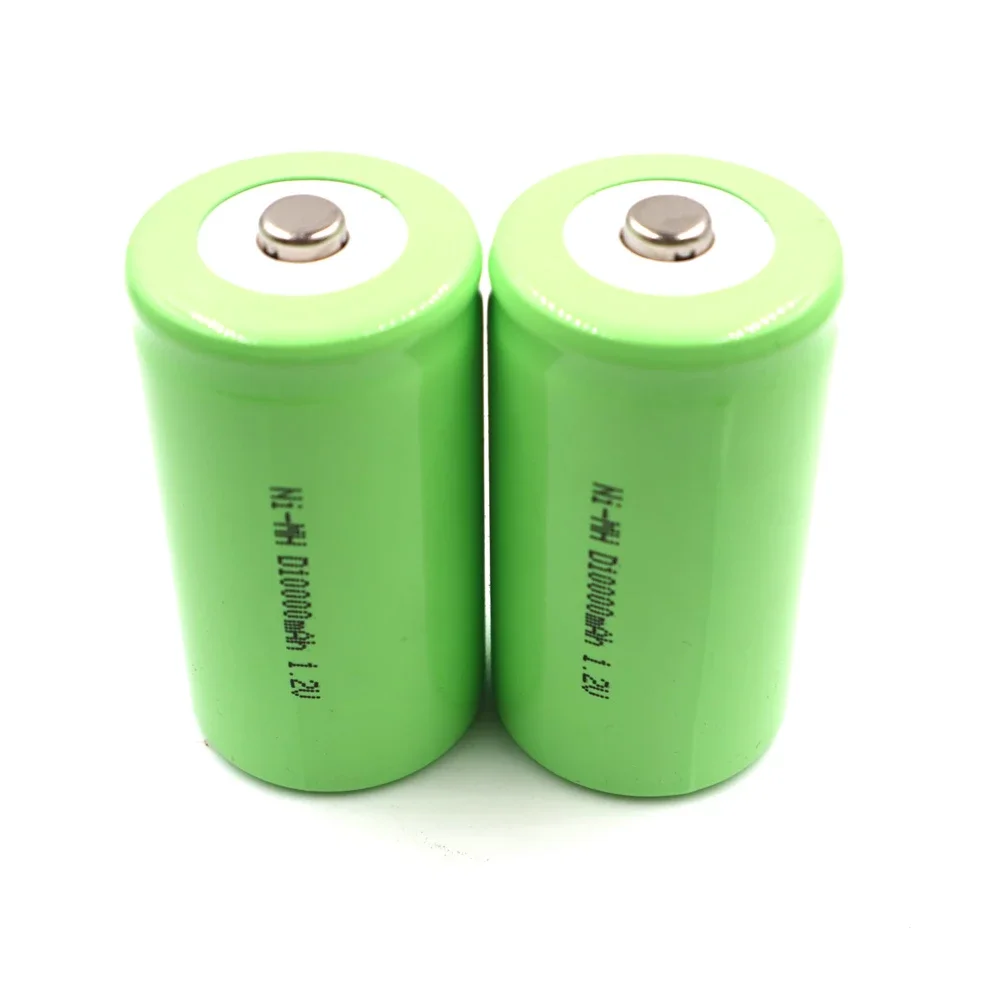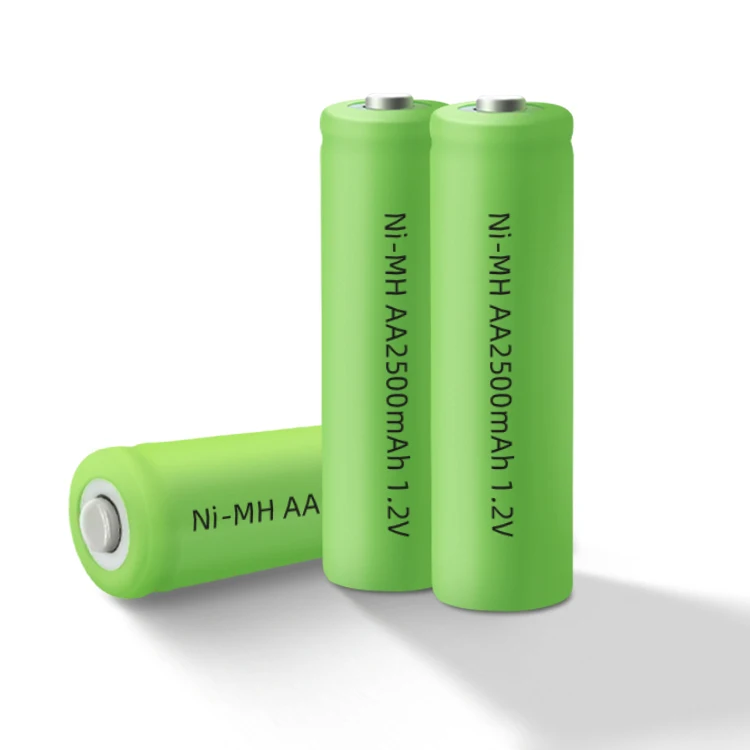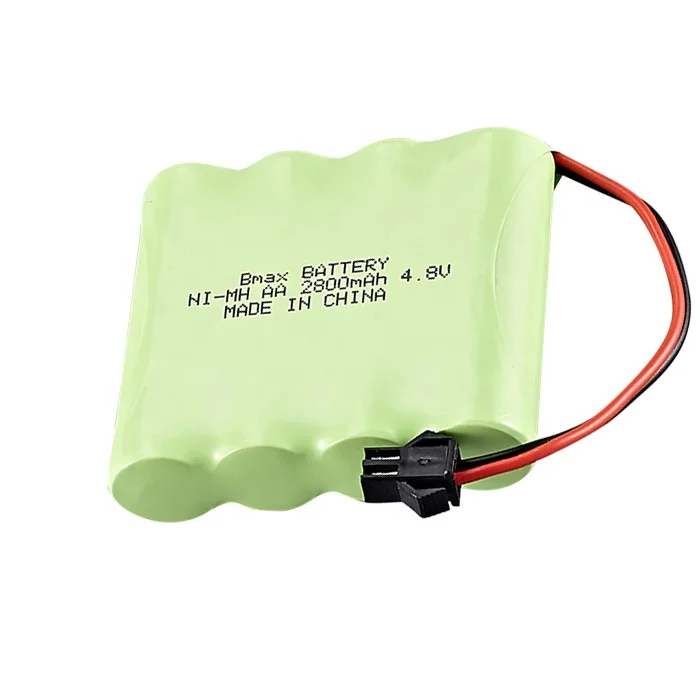Nickel-Metal Hydride (NiMH) batteries haven’t disappeared; they continue to be widely used in various applications, despite being somewhat overshadowed by the rapid growth and adoption of lithium-ion batteries in many high-profile technologies, such as smartphones, laptops, and electric vehicles. Here’s a look at the current status and roles of NiMH batteries:
Continued Use in Specific Applications
- Consumer Electronics: NiMH batteries are still popular in household and personal devices such as digital cameras, handheld games, portable audio players, and particularly in high-drain devices due to their good performance under high discharge rates.
- Rechargeable AA and AAA Batteries: One of the most common uses of NiMH batteries today is in standard rechargeable AA and AAA sizes. They are extensively used in devices like remote controls, wireless mice and keyboards, flashlights, and children’s toys. These batteries are preferred for their capacity to be recharged hundreds of times, making them cost-effective and environmentally friendly compared to disposable alkaline batteries.
- Hybrid Electric Vehicles: Some manufacturers, including Toyota, continue to use NiMH batteries in their hybrid vehicles. NiMH batteries are less expensive and have a robust safety profile compared to lithium-ion batteries, making them suitable for the hybrid market where extreme energy density and weight savings are less critical than in fully electric vehicles.
- Power Tools and Other Portable Devices: NiMH batteries are found in various power tools and other portable equipment where weight is less of a concern but high power output is necessary.
Advantages of NiMH Batteries
- Safety: NiMH batteries are generally safer than lithium-ion batteries, with a lower risk of thermal runaway and fires.
- Environmental Impact: They are less toxic than Nickel-Cadmium (NiCd) batteries, as they do not contain cadmium, which is highly toxic. This makes NiMH batteries more environmentally friendly in terms of disposal and recycling.
- Cost: NiMH batteries are often cheaper than lithium-ion batteries, particularly in standard consumer battery sizes like AA and AAA.
Challenges and Limitations
- Weight and Energy Density: NiMH batteries have lower energy density and are heavier than lithium-ion batteries, which limits their use in applications where size and weight are critical factors.
- Self-Discharge: They have a higher self-discharge rate compared to lithium-ion batteries, though modern low self-discharge NiMH batteries have significantly improved in this aspect.
Future Prospects
While NiMH technology may not be at the forefront of the newest battery technology developments, it still holds significant value for certain uses. Ongoing improvements, particularly in reducing self-discharge rates and increasing capacities, ensure that NiMH batteries remain relevant and useful in many everyday applications.
In summary, NiMH batteries have not vanished from the market; rather, they continue to serve in roles where their balance of cost, safety, and environmental impact aligns well with the needs of consumers and industries. Their presence in the battery market complements the diverse needs and technological requirements of various users and applications.


